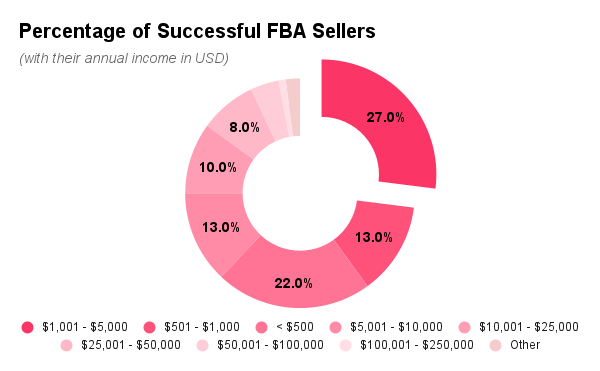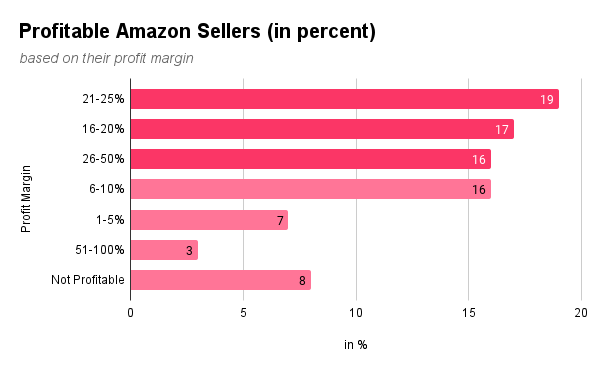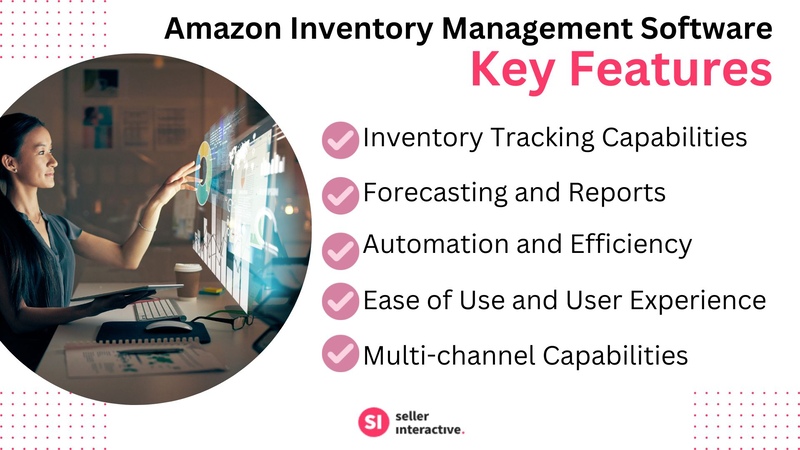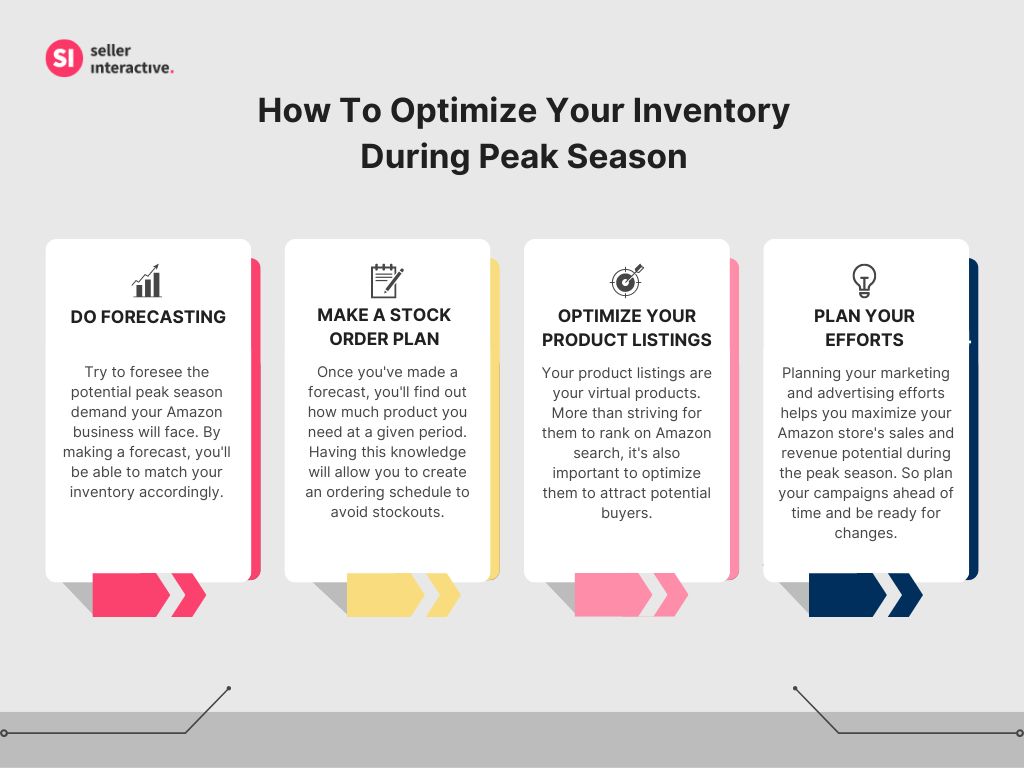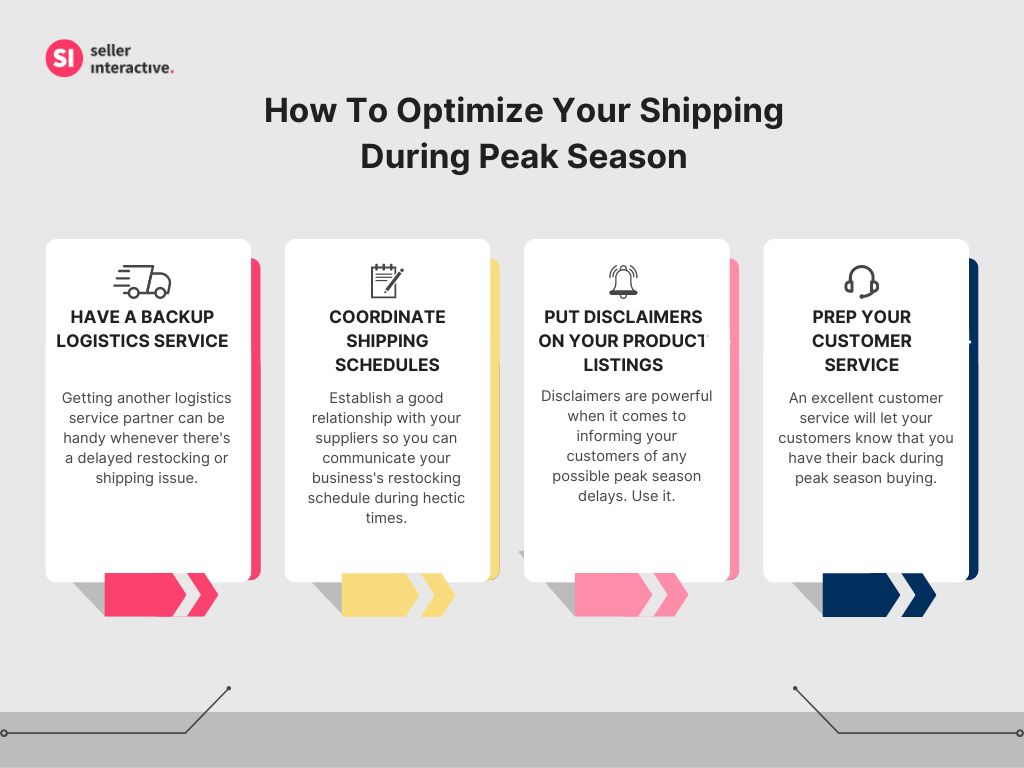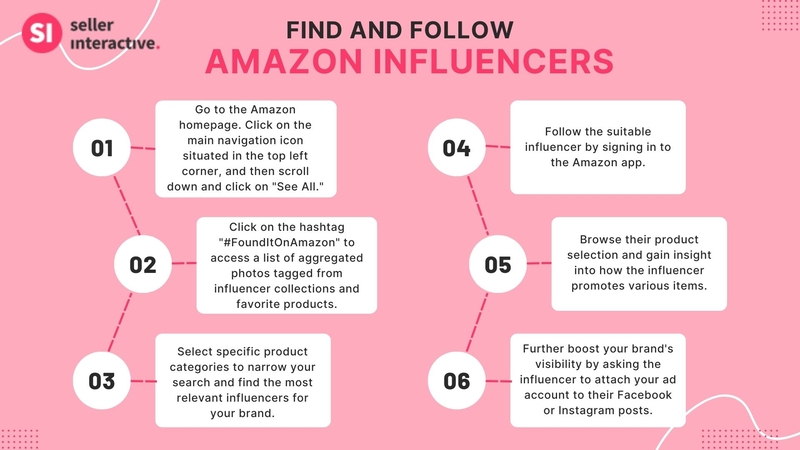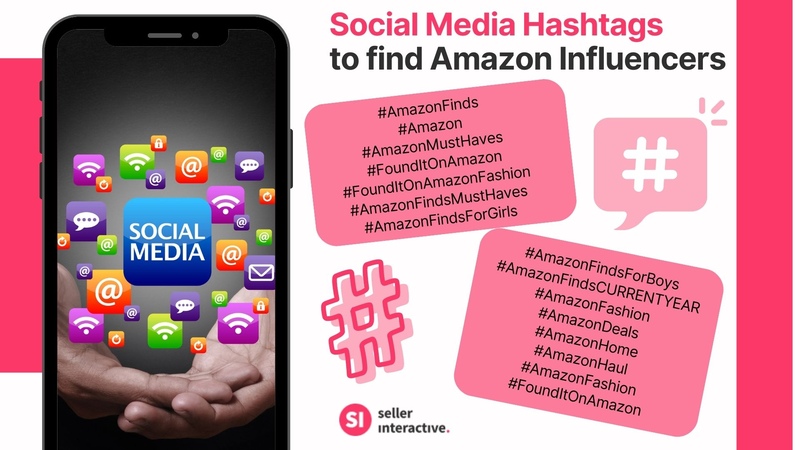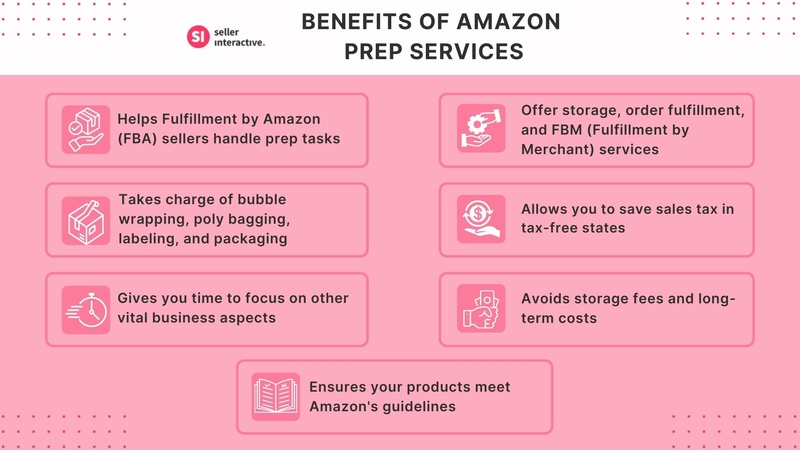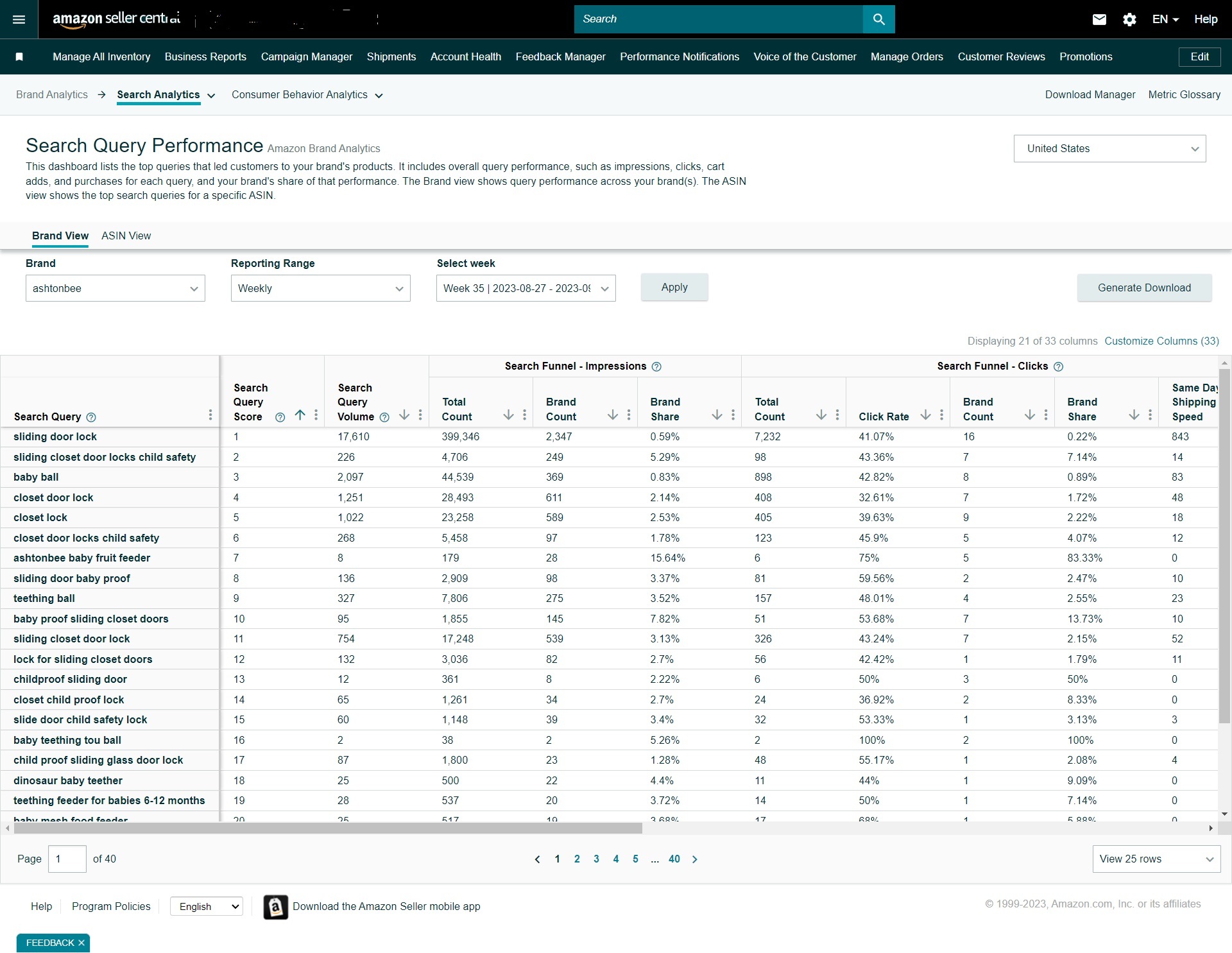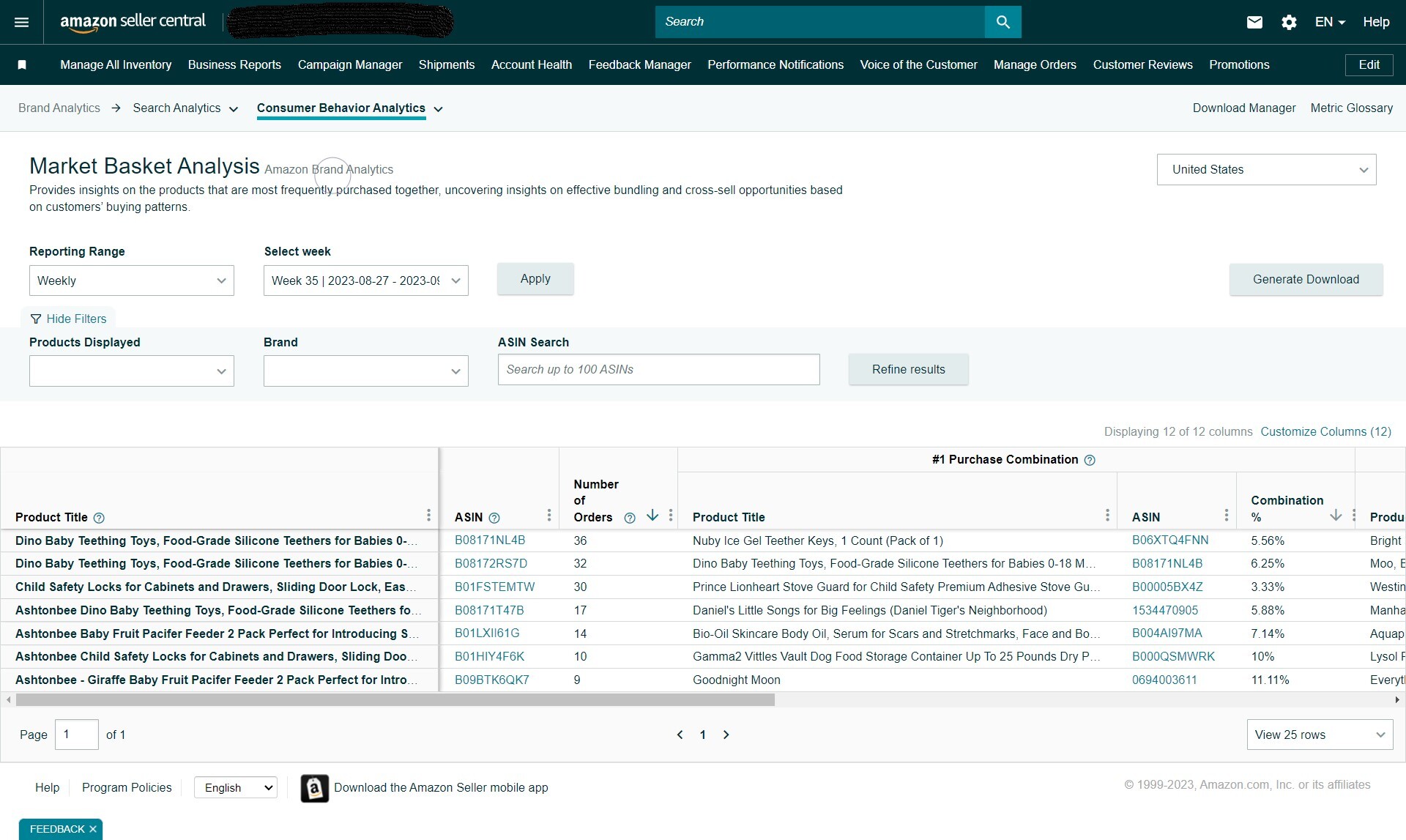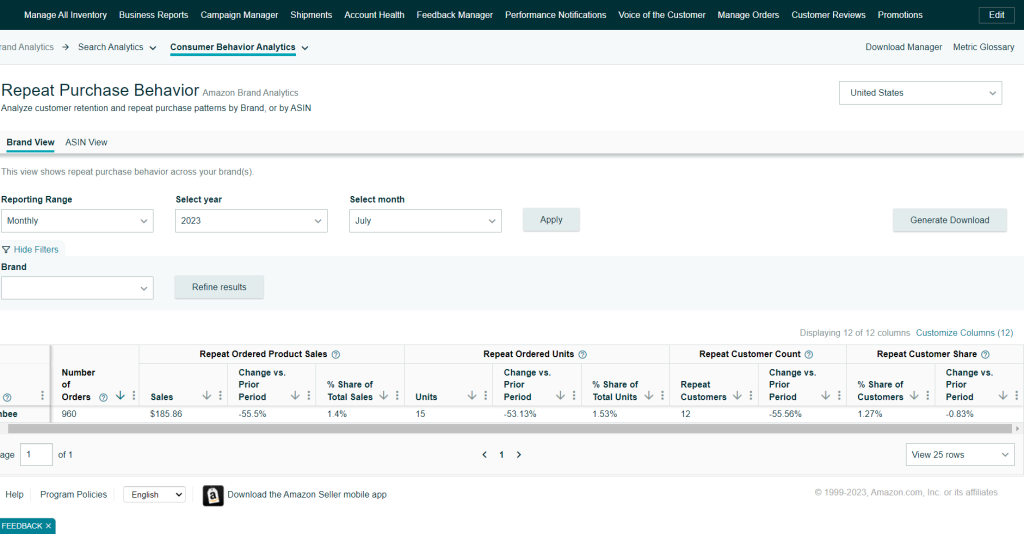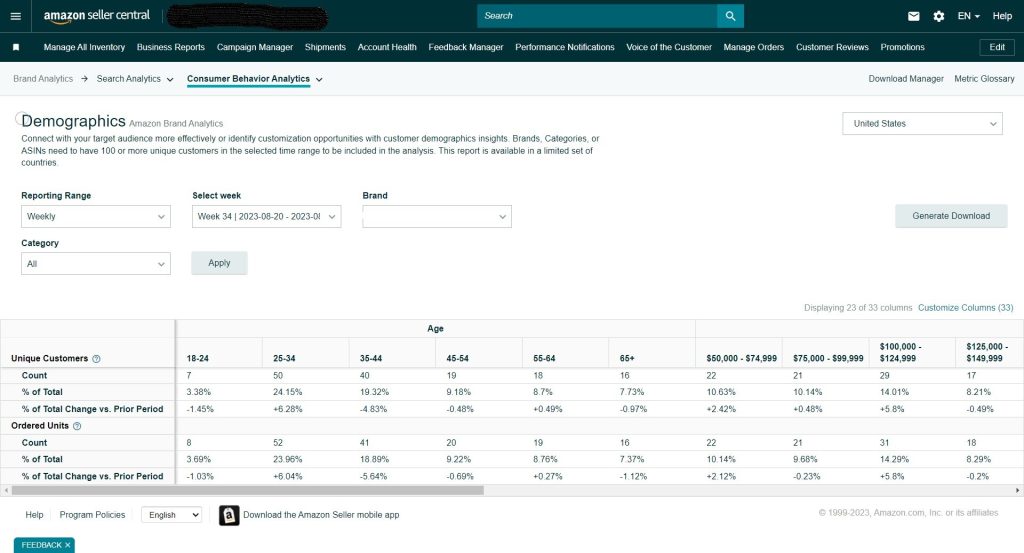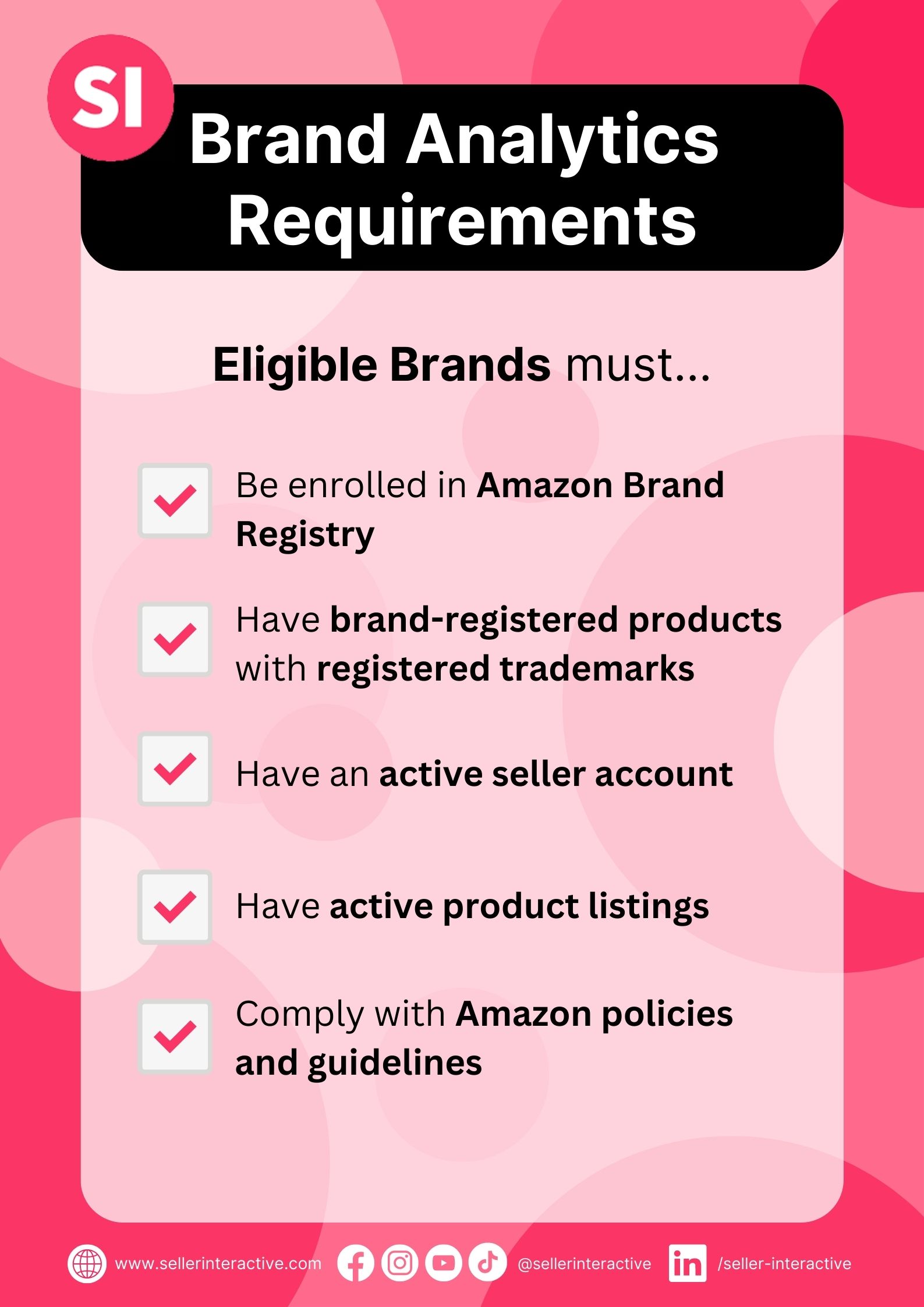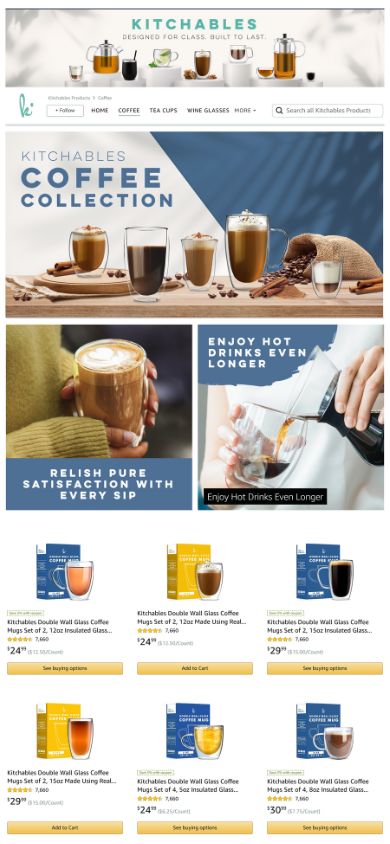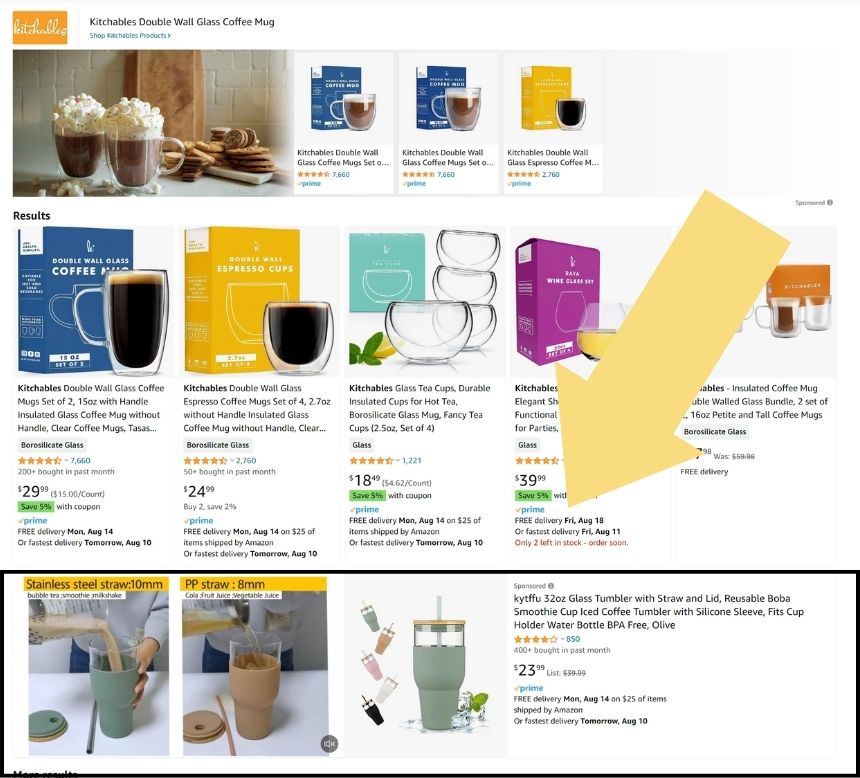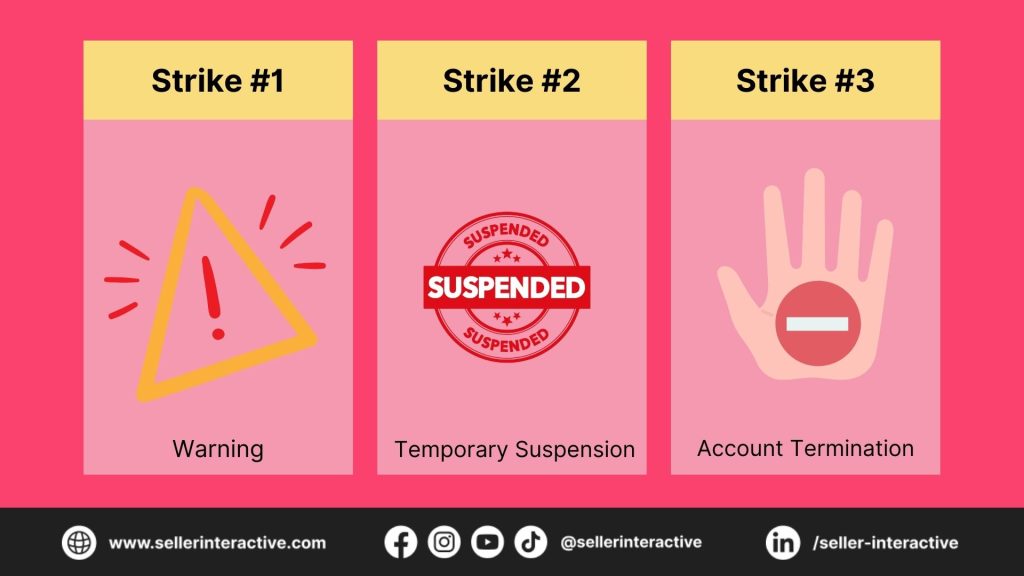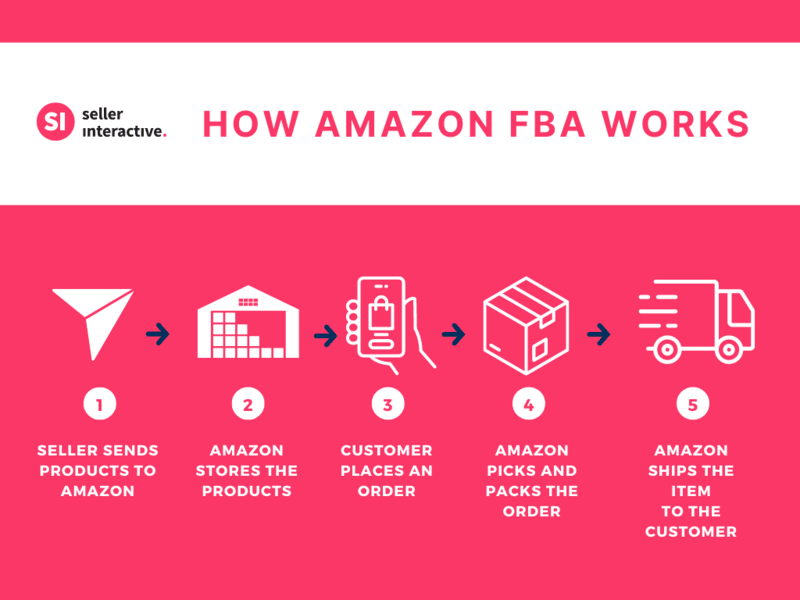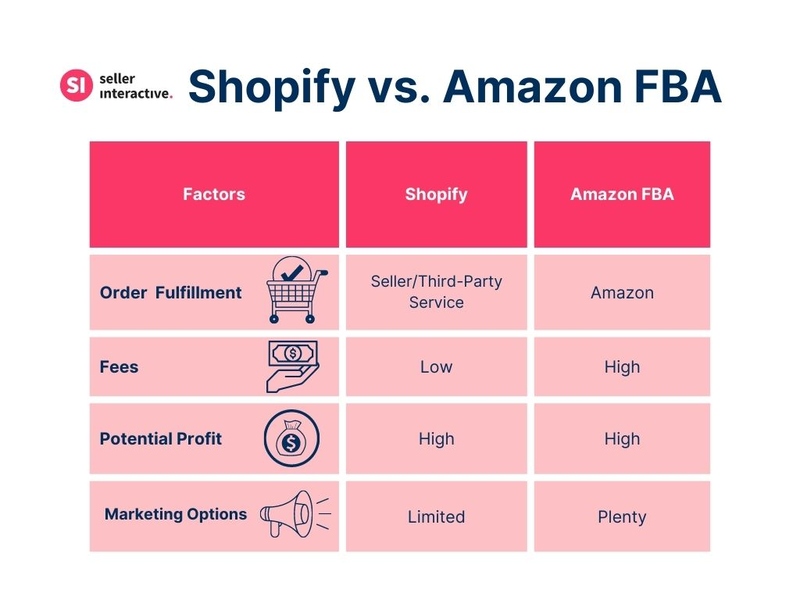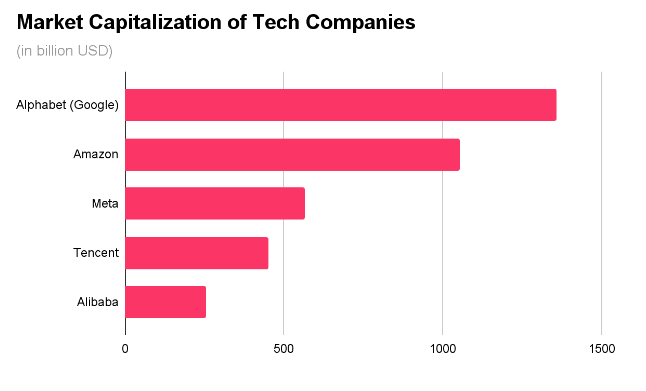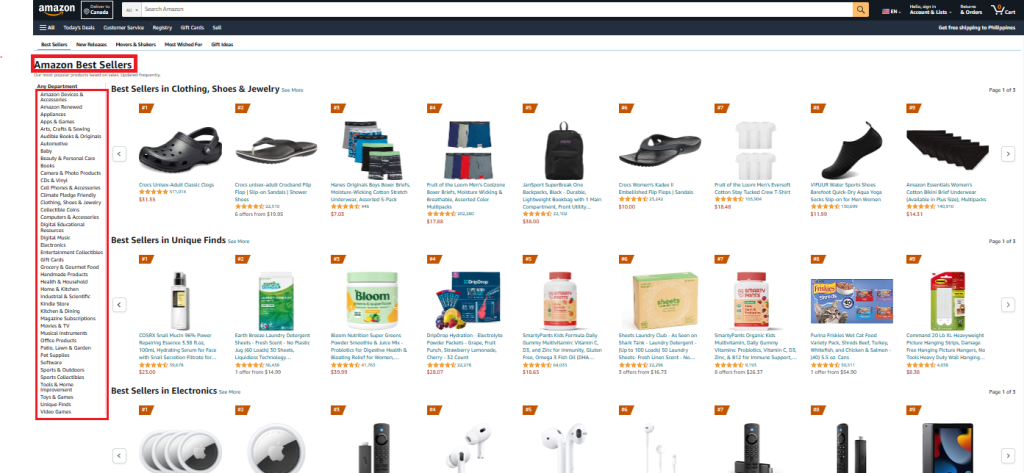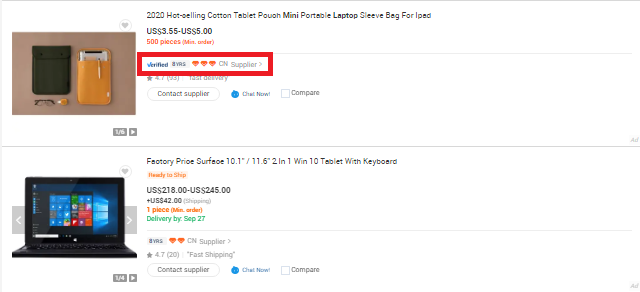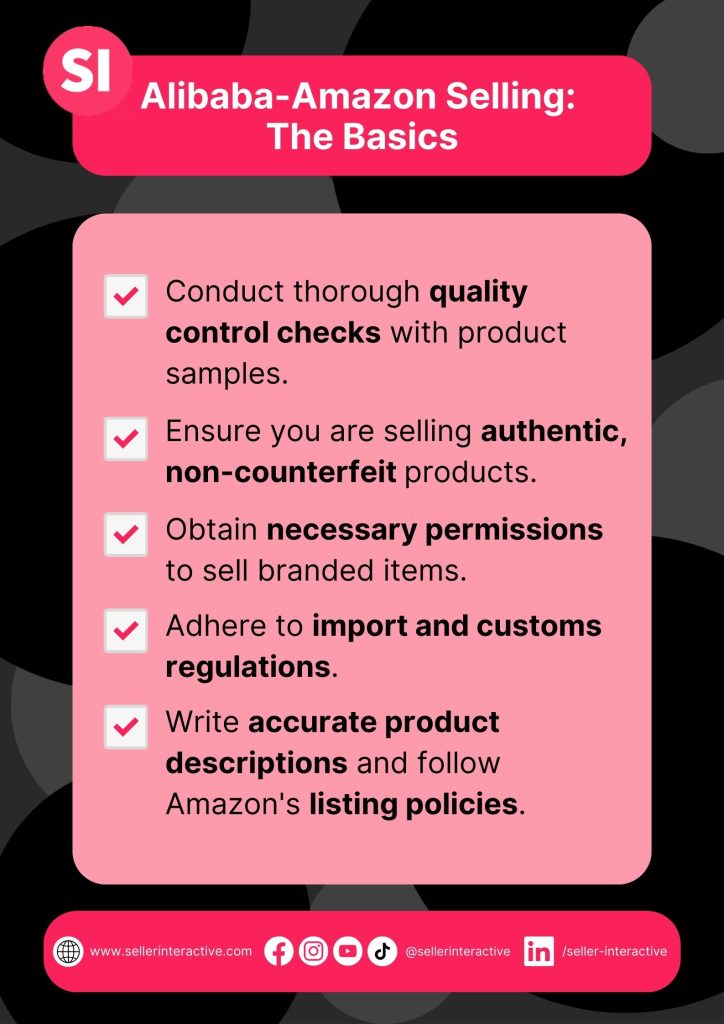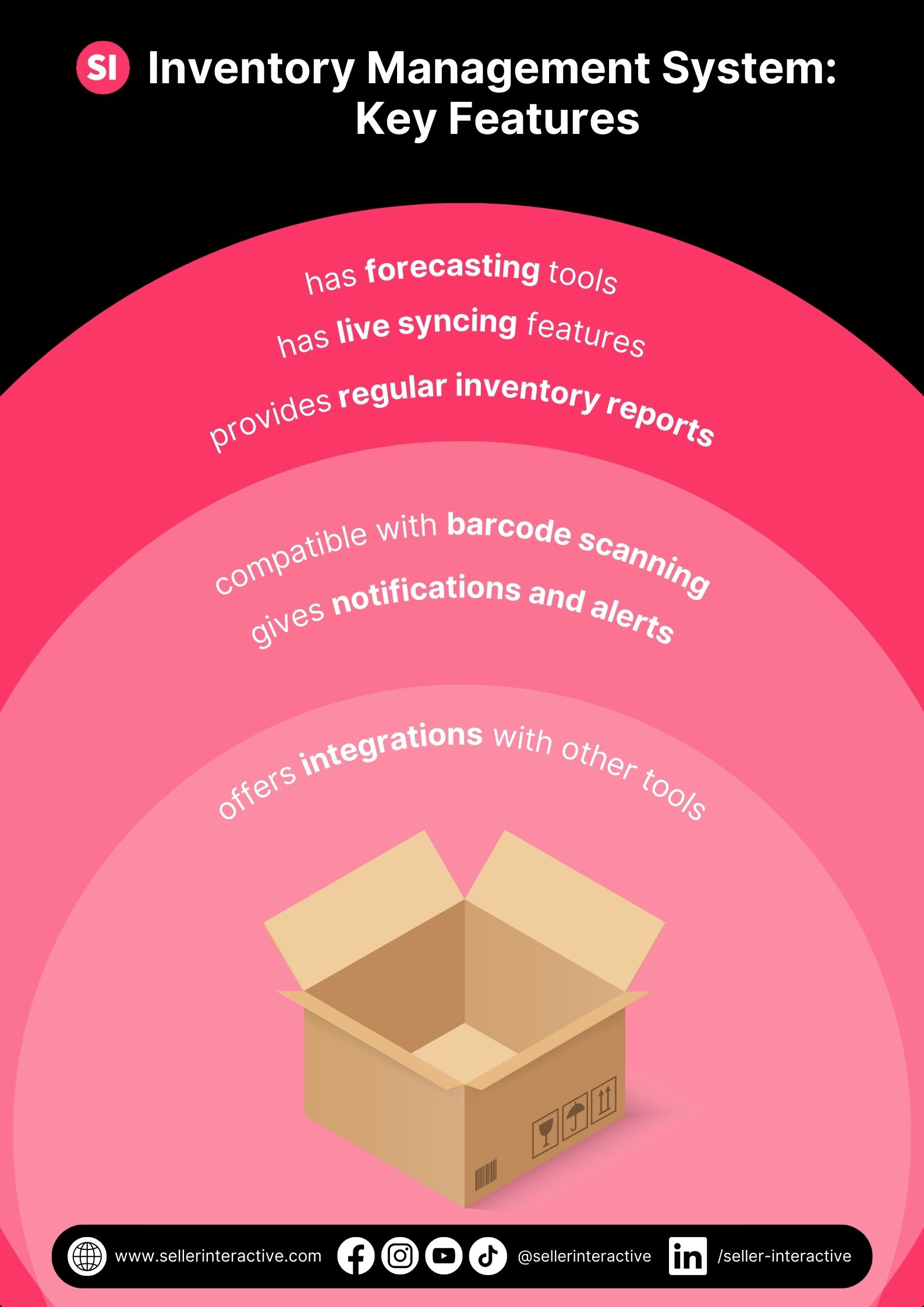Are you a business owner looking to diversify your revenue streams? You’ve probably heard about earning significant profits through retail arbitrage on Amazon. It relies on keen observation, research, and understanding consumer trends and market demands.
But is it the right choice for you? In this blog post, we’ll break down this business model and help you determine if it’s the best choice for your Amazon business.
What is Retail Arbitrage?
Retail arbitrage is a business model where you identify products at a competitive price in your local retail store or through online retailers’ clearance sales. Once you've purchased these products, you may resell them on Amazon for a greater price.
Retail arbitrage has grown popular, particularly with Fulfillment by Amazon (FBA), which allows sellers to keep their products in Amazon's warehouses while Amazon handles shipment and customer care. Amazon FBA has made the process of reselling products more accessible and streamlined.

Is Amazon OK with Retail Arbitrage?
If you’re wondering, “Is retail arbitrage legal?” Yes, and it is allowed on Amazon. There’s no violation of Amazon’s policies when you buy discounted products in new condition and resell them at a higher price.
Retail Arbitrage vs. Other Amazon Business Models
How does online arbitrage differ from other business models on Amazon? Check out the following:
1. Wholesaling
Wholesaling involves buying items in bulk at a reduced price from manufacturers or suppliers and then reselling them to retailers or other businesses. This method requires more initial investment and storage space than retail arbitrage, but it yields more significant profit margins.
2. Dropshipping
In dropshipping, you sell products online without physically handling the inventory. Instead, you partner with a supplier who ships the products directly to the customer when an order is placed. This business model has lower upfront costs but smaller profit margins than retail arbitrage or wholesaling.
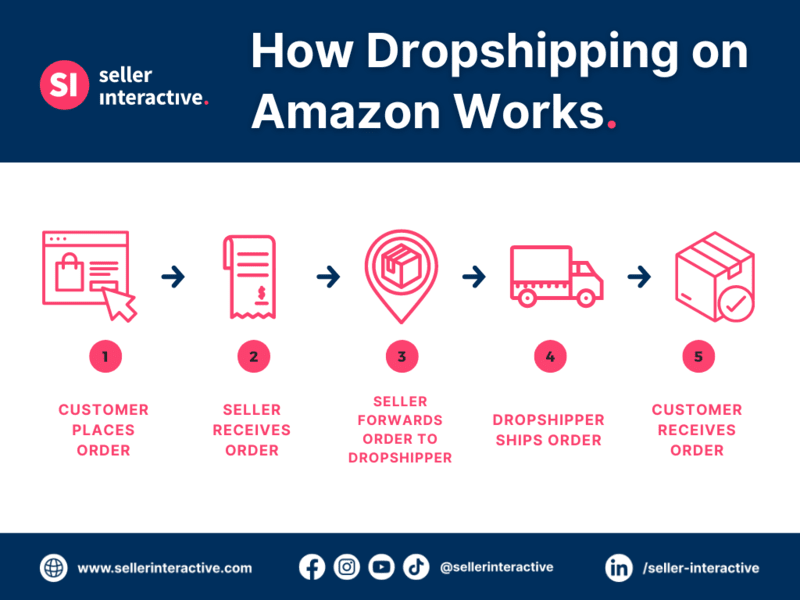
3. Private Label
Private labeling involves purchasing items from a manufacturer and branding and packaging them under your own brand. This enables you to develop a unique product offering and brand identity. It typically requires more initial investment and effort than retail arbitrage or dropshipping but has the potential for higher profit margins and brand loyalty.
Benefits of Retail Arbitrage
Now that you know how retail arbitrage compares to other business models, let’s determine if it’s worth the shot. Here are the advantages of using this Amazon business model:
1. Low Initial Investment
One of the primary benefits of retail arbitrage is the modest initial investment. Amazon retail arbitrage sellers can start with a small budget by purchasing clearance or discounted items and reselling them. You won’t need to manage bulk inventory or spend much on startup costs to start selling.
2. Easy to Set Up
Setting up a retail arbitrage business is simple. You only need to find discounted products, purchase them at a low price, and then list them on online marketplaces like Amazon. You don’t need expert knowledge or experience in ecommerce to get started with retail arbitrage.
3. Fast Profits
Retail arbitrage can lead to fast profits since you're capitalizing on existing product demand.
Online arbitrage capitalizes on high-demand products, which attracts more potential buyers. This enables you to sell your inventory and generate revenue quickly.
4. Minimal Branding Effort
When running a retail arbitrage business you're dealing with products from established brands. This implies you won't have to spend much time or money on branding. Instead, you can focus on sourcing profitable products and selling them on Amazon, where customers trust the brands.
| ✅Benefits | ❎Drawbacks |
| Low Initial Investment | Inconsistent Product Availability |
| Easy to Set Up | Price Fluctuations |
| Fast Profits | Time-Intensive Research |
| Minimal Branding Effort | Potential Negative Reviews |
Drawbacks of Retail Arbitrage
Retail arbitrage is easy to set up and offers high profit potential. However, it’s also one reason why competition could be intense. Here are more challenges you’ll encounter:
1. Inconsistent Product Availability
A main challenge you may face in retail arbitrage is the inconsistency of product availability. Stores often change what they have in stock, which makes it hard for you to find and sell popular items consistently.
2. Price Fluctuations
Another drawback of retail arbitrage is the constant price fluctuations in the market. Your purchase price may be lower than the resale price at the time of sourcing, but if market conditions change or a sudden price drop occurs, you might be left with unsold inventory or even losses.
3. Time-Intensive Research
To identify the most profitable products for retail arbitrage, you must dedicate more time to researching the market, tracking price and demand trends, and sourcing discounted products.
This might be challenging because it requires keeping up with the ever-changing market conditions. Time investment might outweigh the potential rewards, which makes it a less attractive option for some.
4. Potential Negative Reviews
Customers who purchase your products may have expectations based on their experience with the same product purchased directly from the source. If there are differences in quality, packaging, or delivery times, customers might leave negative reviews on your seller profile.
Poor reviews can impact your reputation on Amazon and ultimately affect your ability to generate sales.
How to Find Profitable Products for Retail Arbitrage
Some business models offer huge profit margins, but the learning curve might be steeper. As a beginner, you can start with retail arbitrage to learn the ropes of selling on Amazon. In this business model, the retail arbitrage seller is responsible for researching different categories to find profitable items to sell.
Here are a few things you can do to find items to sell:
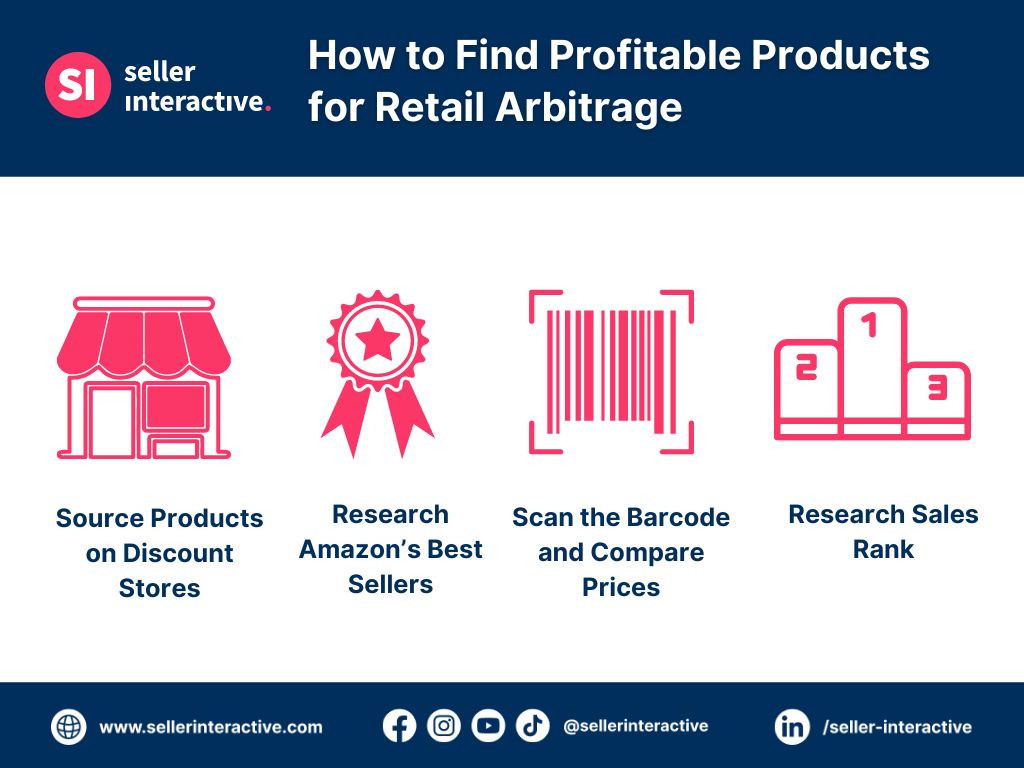
1. Source Products on Discount Stores
Look for discounted products in clearance aisles of stores like Walmart and Target. These stores often offer deep discounts on products to clear out inventory. Also, keep an eye out for clearance sales online, like Black Friday sales, where you can score even greater savings on items to resell.
2. Research Amazon’s Best Sellers
Another strategy to find profitable products is to research Amazon’s Best Sellers list. This list reveals items that are currently in high demand. To access, visit the “Amazon Best Sellers” page and pick the category you want. After you’ve chosen a category, a list of the top-selling products in that category will be displayed.
Focus on niche categories that align with your expertise or interests so that it will be easier to source these products.
3. Scan the Barcode and Compare Prices
To determine a product's profit potential, compare its purchase price with the current selling price on platforms like Amazon. One efficient method is to use a barcode scanner app such as the Amazon Seller app to check the price difference. This way, you can quickly identify whether an item will bring you a profit.
4. Research Sales Rank
Understanding a product’s sales rank on Amazon is essential when looking for profitable retail arbitrage opportunities. A lower sales rank indicates that the item sells more frequently, which also means a higher probability of a quick and profitable sale. However, note that sales rank can fluctuate, so monitoring how it changes over time is important.
Tips for a Successful Retail Arbitrage Business
Success doesn’t stop with finding profitable products to sell. Here are some more tips to help you succeed in your retail arbitrage venture:
1. Stay on Top of Trends
To succeed in retail arbitrage, you must stay informed about current market trends and popular products. When you see a trending product, research its pricing and availability to determine if it can be sourced at a discount. Keeping up with trends also allows you to figure out which items will sell quickly.
2. Monitor Pricing Trends
Monitoring pricing trends lets you identify the best time to buy and sell products. Regularly compare product prices across different retailers and online marketplaces. Monitor competitors’ pricing strategies and use tools to track Amazon's price history.
3. Plan for Seasonality
Accounting for seasonal shifts in consumer demands is crucial in the retail arbitrage business. For example, popular items during the holiday season may not be in demand throughout the rest of the year.
Understanding and preparing for these changes allows you to adapt your sourcing strategies to take advantage of seasonal opportunities. Stay flexible by increasing your inventory of in-demand products during peak seasons and decreasing stock when demand is low.
4. Diversify Your Product Portfolio
Diversifying your product portfolio can lower risks by spreading your investments across different items. Offering a wide range of products allows you to reach more potential customers and optimizes your chances of success.
To diversify your portfolio, consider adding products from various categories and niches. This approach helps minimize the impact of changes in product demand or market volatility so you can have more stable profits for your Amazon business.
Start Your Online Arbitrage Business with Seller Interactive
In Amazon retail arbitrage, strategy is important to ensure consistent profitability. With the tips mentioned above and your dedication to finding profitable products, you can turn your own retail arbitrage business into a fulfilling journey in the Amazon marketplace.
If you need to focus on your business without leaving the essential groundwork, Seller Interactive is here to help. We offer comprehensive account management services, from setting up a professional seller account to handling prep and logistics.
Book a call with us and discover how we can propel your business to new heights.
